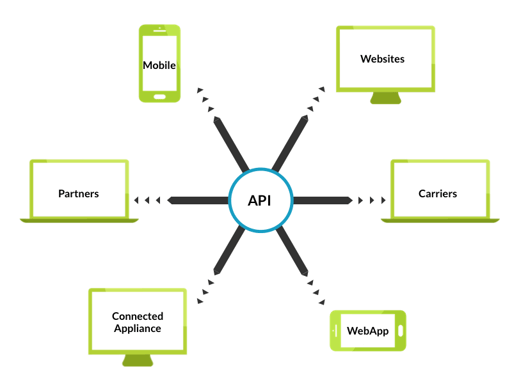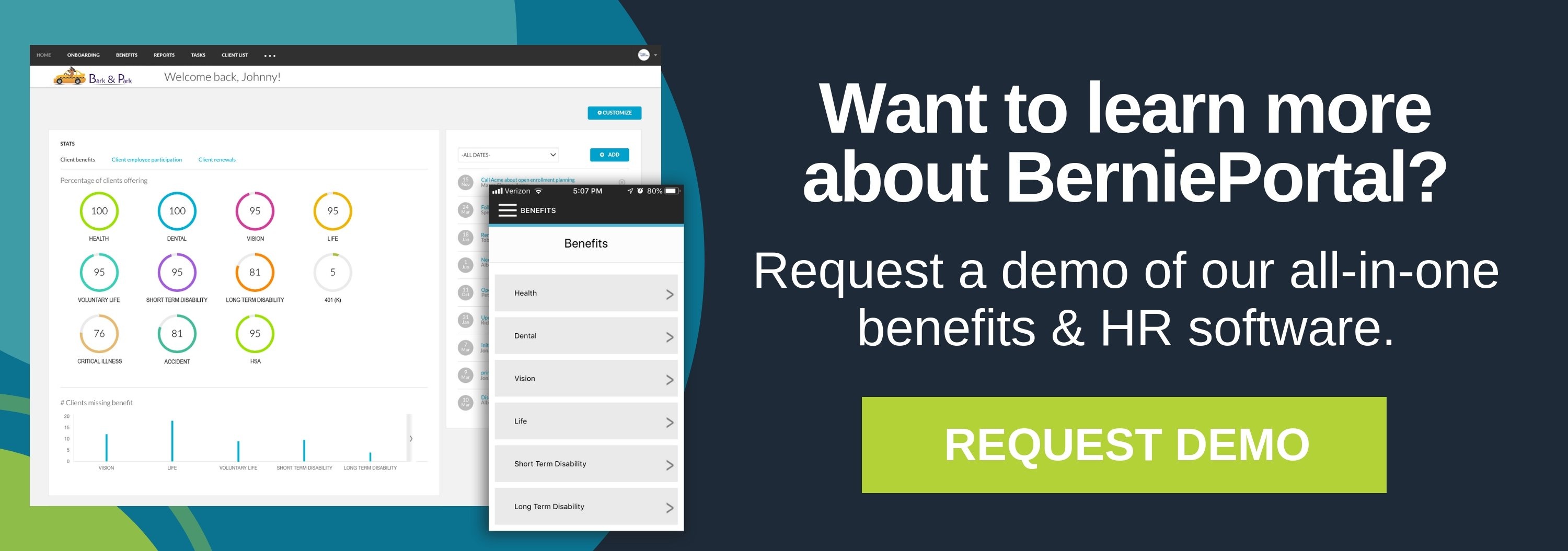
Written by
Sarah Weinstein
Sarah leads the BerniePortal marketing team. She writes about benefits administration, HR technology, and more.
What is the Difference Between EDI and API Integration?

If you’ve ever looked into software vendors, you’ve probably heard the acronyms EDI and API thrown around. At a basic level, both EDIs and APIs transmit data from one party to another. Some actually call APIs the EDIs of the 21st century, so what’s the difference?
What are EDIs? Pros and Cons
Let’s start with Electronic Data Interchange, also known as EDIs. Good news: If you’re familiar with file feeds, then you actually do know what EDIs are. While EDIs are often seen as a step above faxing paper enrollment forms or manually inputting data into a carrier's website, they are tedious and have a lot of room for errors.
First, the files themselves are often times very difficult to interpret. Setting up an EDI file with a carrier typically takes months—and carriers typically only integrate with companies with more than 100 employees.
However, in part due to pressures and circumstances of other parts of their businesses, file feed technology is the best integration that most insurance and payroll companies can offer. That said, some insurance, payroll, and other benefits-related organizations have made investments that allow them to do better.
What is better? Better is a “Web Service API” integration, where the benefits administration software is actually talking directly with the partner’s system (rather than communicating via a file feed).
What are APIs? Pros and Cons
Whether you know it or not, you interact with APIs every day on the web. Essentially, APIs are what makes it possible to move data between various programs quickly. Do you ever wonder how you can use your Facebook ID to log in to websites you’ve never been to before? You can thank APIs for that.
How do APIs work? They're created by companies leaving parts of their software “open” so other softwares can easily integrate with them and request information. You may be wondering how this relates to the insurance industry.

How Do APIs Impact the Insurance Industry?
APIs are capable of syncing with partners whenever there is a change in benefits. That said, some partners only offer instant syncing for certain actions. For example, Allstate Benefits has instant syncing for employee enrollments, but terminations require a file feed or can be done directly on the bill. It’s important to understand when the sync is instant and when it is not.
It’s also important to note that while a Web Service API integration is better than file feeds, none of them are 100% perfect—especially in the HR space. However, looking for a vendor who offers API integration with various partners is key to long-term success.
While the insurance industry continues to lag behind other industries in technology, the use of API integrations is a step towards modernization. As more insurance, payroll, and other benefits-related organizations continue to offer API integrations, we'll see faster and more accurate transmissions of data between various parties.

Written by
Sarah Weinstein
Sarah leads the BerniePortal marketing team. She writes about benefits administration, HR technology, and more.
Related Posts
Part-time work is becoming increasingly common in today’s workforce—especially for...
As an HR professional, you’re responsible for helping employees navigate their health...
Healthcare access has become a major priority for employers—and employees—over the past...
Summer is synonymous with vacations, PTO, and out-of-office messages—but it’s also the...








Submit a Comment